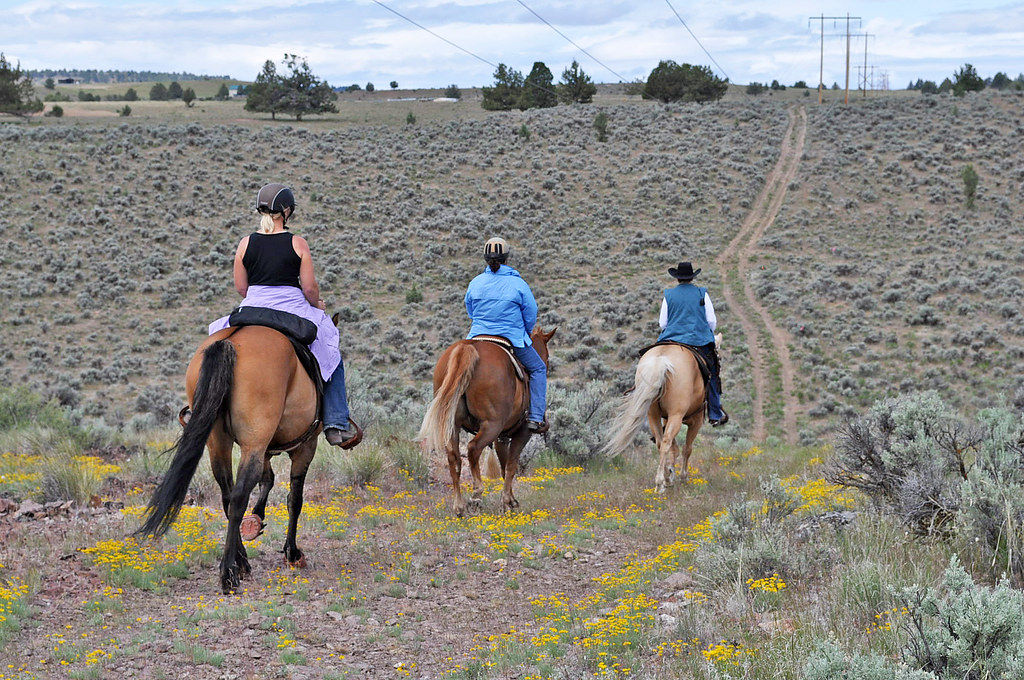In the world of equestrian adventures, few experiences rival the exhilaration and challenge of long-distance trail riding. Whether navigating mountain passes, crossing rivers, or traversing deserts, these extended journeys test both horse and rider to their limits. Selecting the right equine partner for such endeavors is crucial—not every horse breed possesses the unique combination of endurance, surefootedness, temperament, and hardiness required for multi-day trail challenges. The perfect trail companion must demonstrate physical stamina while maintaining a level head when facing unexpected obstacles. This comprehensive guide explores the most exceptional horse breeds for long-distance trail riding, examining their distinctive characteristics and explaining why they excel in these demanding conditions.
Arabian Horses: The Original Endurance Champions
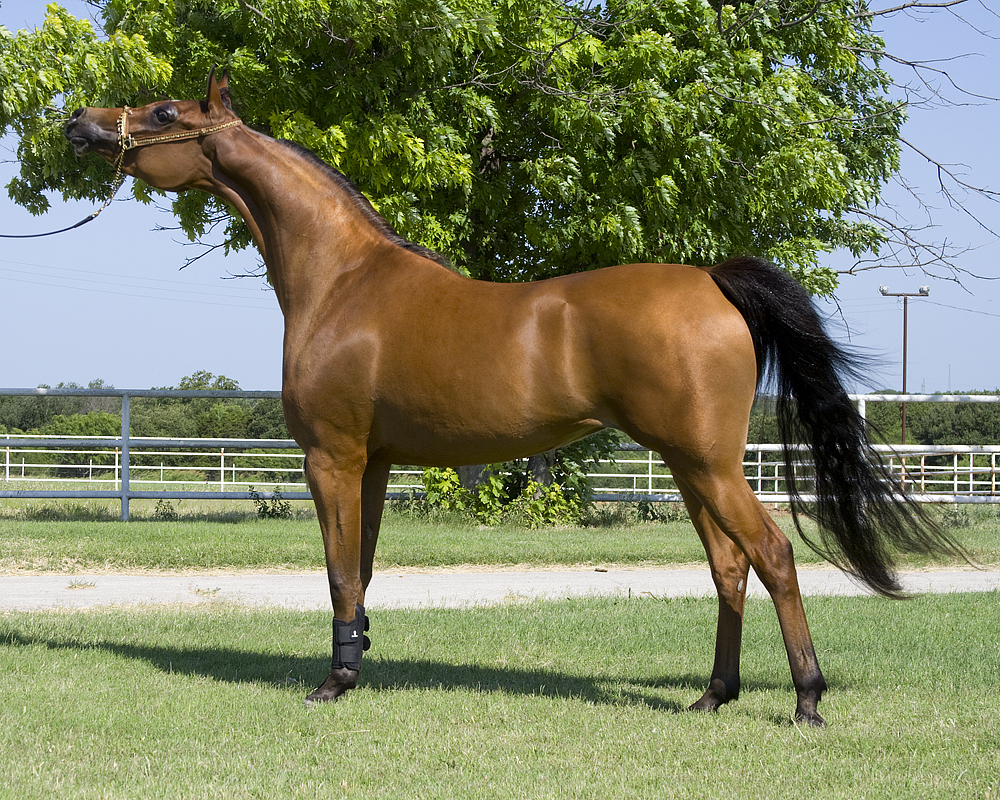
Arabians stand as the undisputed kings of endurance riding, with a genetic makeup specifically evolved for desert travel over long distances. These elegant horses possess a unique physiological advantage—their higher red blood cell count enables superior oxygen-carrying capacity, allowing them to maintain energy levels during extended rides. Their compact build, typically standing 14.1 to 15.1 hands high, features dense bone structure and hard hooves that withstand rough terrain remarkably well. Arabians also benefit from efficient cooling systems, with thin skin and minimal body fat helping them regulate temperature during strenuous activity. Their intelligence and sensitivity create strong rider bonds, making them responsive partners during the physical and mental challenges of multi-day trail adventures.
Missouri Fox Trotter: The Smooth-Gaited Trail Master
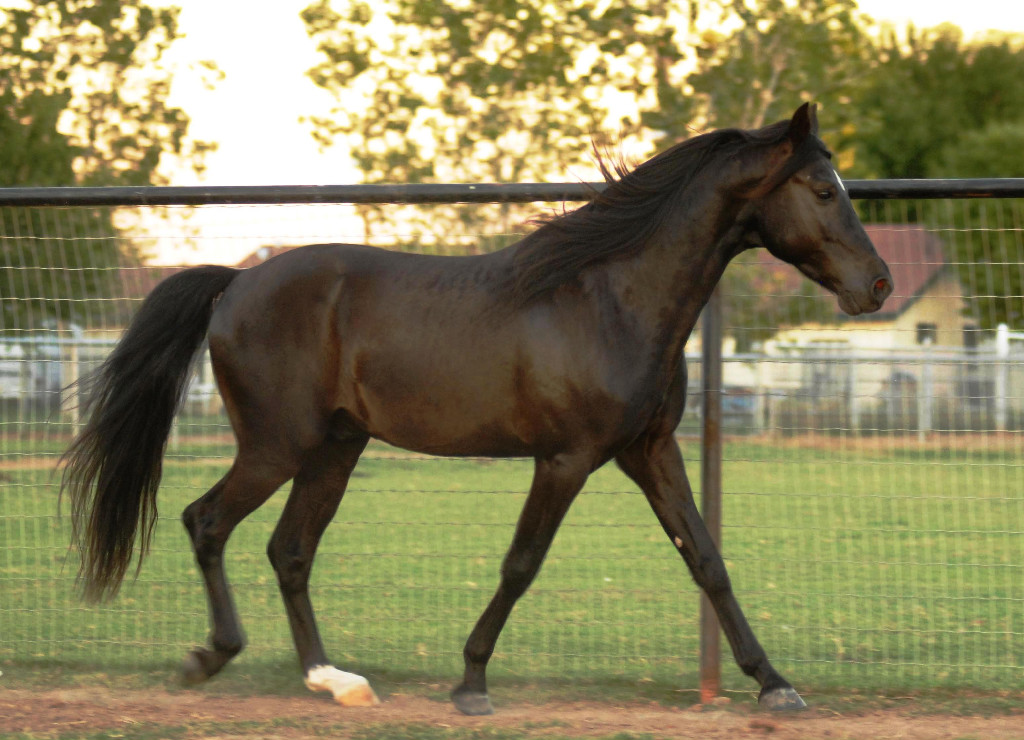
The Missouri Fox Trotter has earned devoted followers among serious trail riders thanks to its signature fox trot gait—a smooth, diagonal four-beat broken gait where the horse appears to “walk with its front legs and trot with its hind legs.” This unique movement provides riders exceptional comfort during long hours in the saddle, significantly reducing fatigue compared to traditional trotting horses. Standing 14.2 to 16 hands high, these horses combine athleticism with a sturdy build ideal for negotiating varied terrain. Their calm, sensible disposition makes them particularly valuable on remote trails where steady nerves prove as important as physical capability. Missouri Fox Trotters typically possess excellent natural balance and surefootedness, making them reliable partners when traversing challenging landscapes.
Appaloosa: Heritage and Hardiness Combined
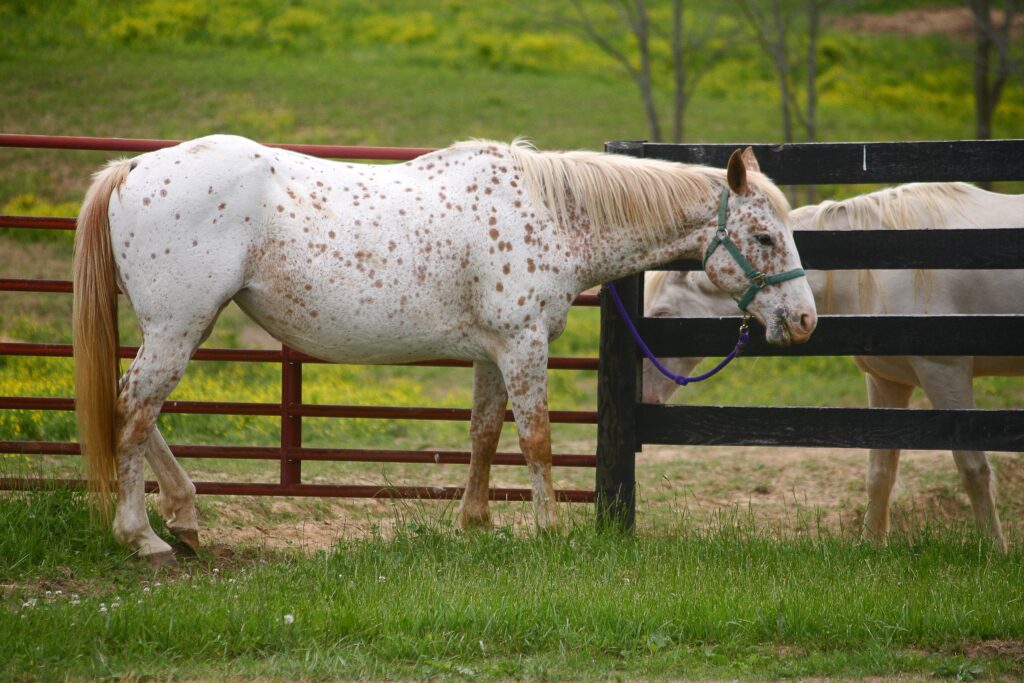
Developed by the Nez Perce tribe of the American Northwest, Appaloosas were bred specifically for stamina, intelligence, and survival in rugged mountainous terrain. Their distinctively spotted coats hint at their unique genetics, which contribute to remarkable toughness and adaptability in challenging environments. Appaloosas typically stand 14.2 to 16 hands high and possess strong hooves, sturdy legs, and powerful hindquarters that serve them well on steep or uneven trails. Their heritage as war and hunting horses instilled an innate intelligence and problem-solving ability that modern trail riders greatly appreciate when facing obstacles. The breed’s characteristic “human eye” (visible white sclera) is thought to indicate their heightened awareness, a trait that contributes to their excellence as vigilant, responsive trail partners.
Tennessee Walking Horse: Comfort for the Long Haul
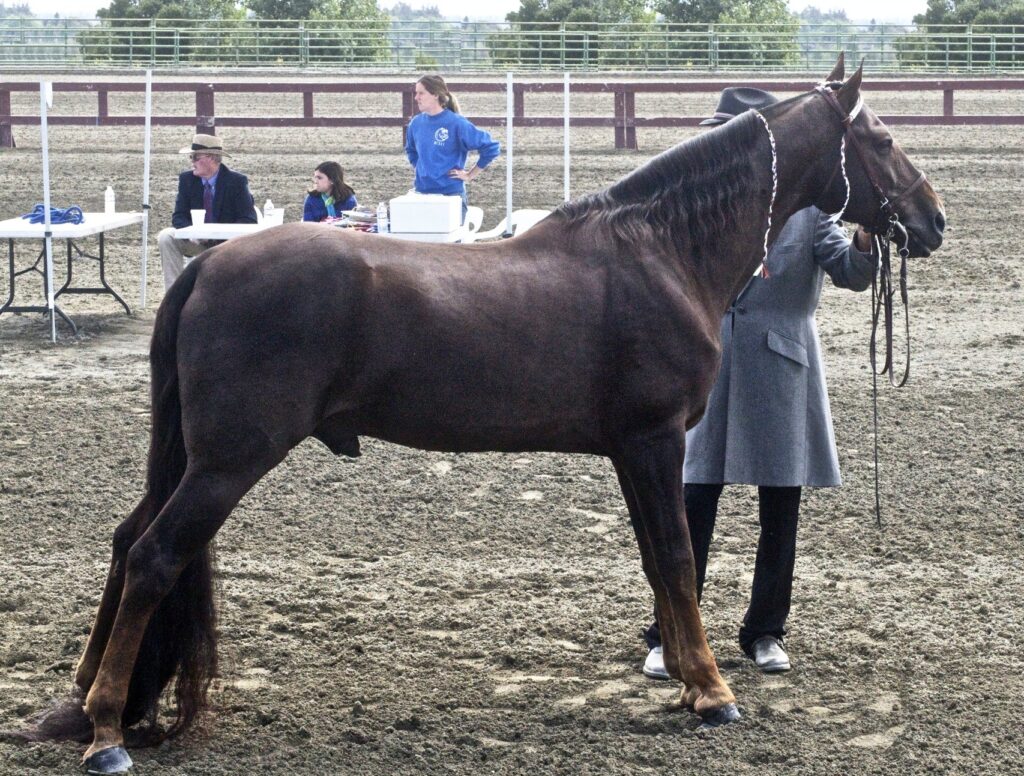
Tennessee Walking Horses have revolutionized long-distance trail riding with their signature “running walk”—a naturally smooth, gliding gait that can be maintained for hours with minimal rider fatigue. This four-beat gait features an overstride where the hind foot steps over the track left by the front foot, creating a smooth, ground-covering stride averaging 6-12 mph. Standing 15 to 17 hands high, these horses combine substantive power with elegant movement, making them equally capable on flat terrain and moderate hills. Their characteristically gentle, willing temperament makes them ideal partners for riders who may not have extensive experience but wish to undertake serious trail adventures. Tennessee Walkers also demonstrate remarkable versatility, able to navigate various terrains while maintaining their comfortable gait, allowing riders to cover significant distances with less physical strain.
Morgan Horse: The Versatile American Classic
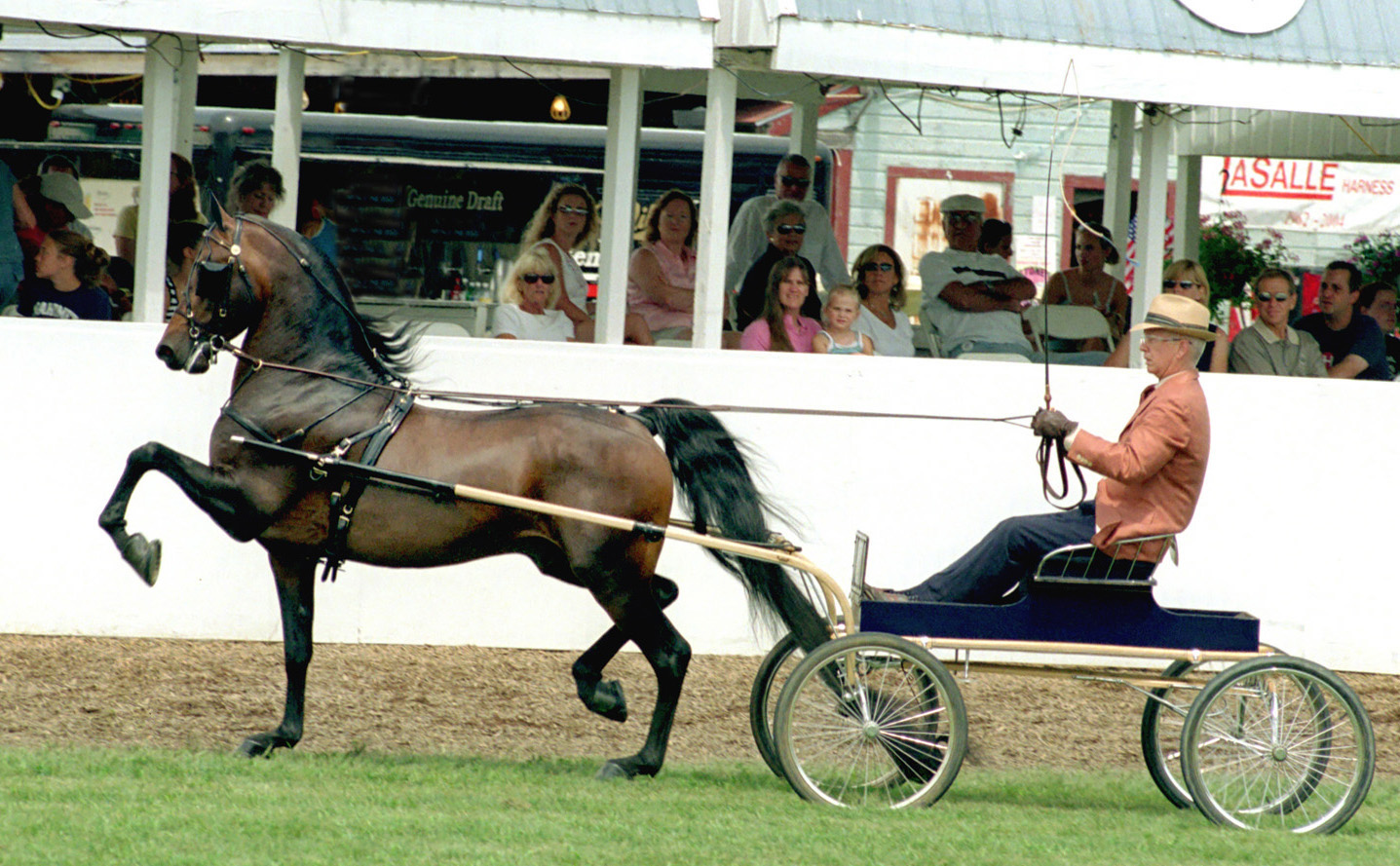
Morgan horses trace their lineage to a single foundation sire, Figure (later named Justin Morgan), who passed on exceptional strength, endurance, and versatility to his descendants. These compact, powerful horses typically stand 14.1 to 15.2 hands high and possess remarkable stamina disproportionate to their size—a quality that makes them outstanding trail companions. Their naturally balanced conformation contributes to surefootedness on varied terrain, while their deep chest provides excellent lung capacity for sustained effort during long rides. Morgans are known for their people-oriented temperament, demonstrating both enthusiasm for work and a strong desire to please their riders. Their intelligence allows them to handle unexpected situations with remarkable composure, making them dependable partners in remote settings where self-sufficiency becomes crucial.
Icelandic Horse: Small Stature, Remarkable Endurance
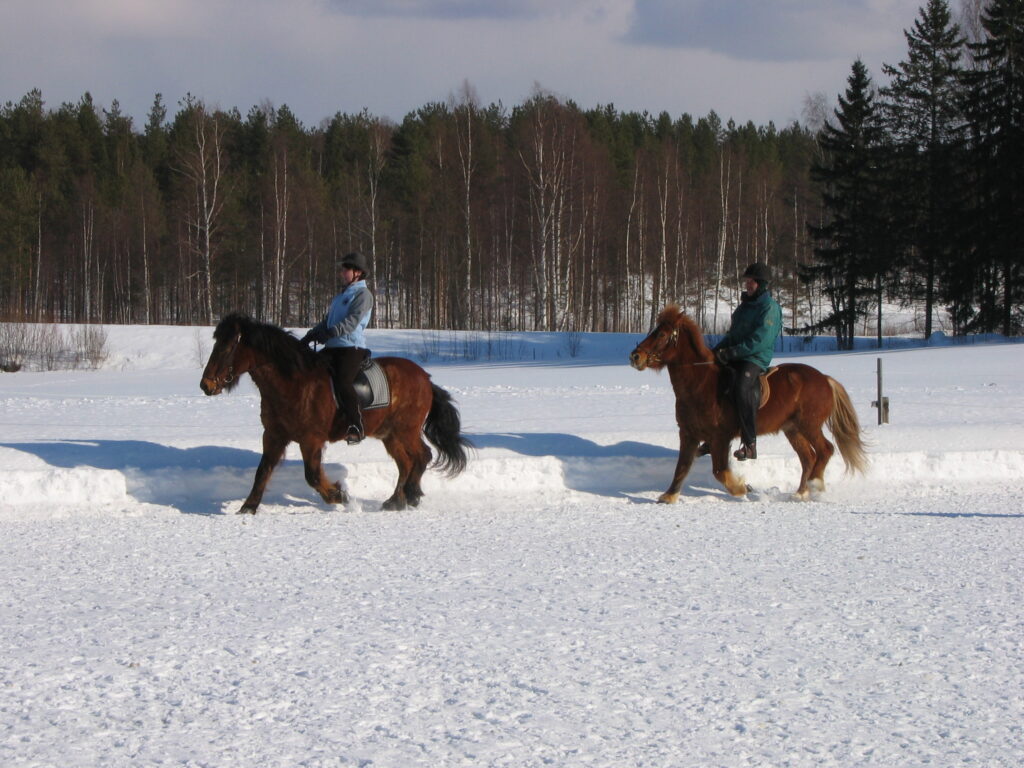
The Icelandic horse may appear diminutive at just 13 to 14 hands high, but these hardy animals possess endurance capabilities that far exceed what their size might suggest. Developed in isolation in Iceland since the 9th century, these horses evolved to survive harsh Arctic conditions, resulting in exceptional hardiness and efficiency of movement. Icelandics offer trail riders two unique smooth gaits beyond the standard walk, trot, and canter—the tölt (a four-beat lateral gait with minimal vertical movement) and the flying pace (a lateral two-beat gait used for short bursts of speed). Their thick manes, tails, and winter coats make them particularly well-suited for cold-weather trail adventures, while their surprising strength allows them to carry adults despite their small stature. Icelandic horses also demonstrate remarkable surefootedness on difficult terrain, a trait developed through centuries of navigating Iceland’s volcanic landscape.
Quarter Horse: The Reliable All-American Trail Partner
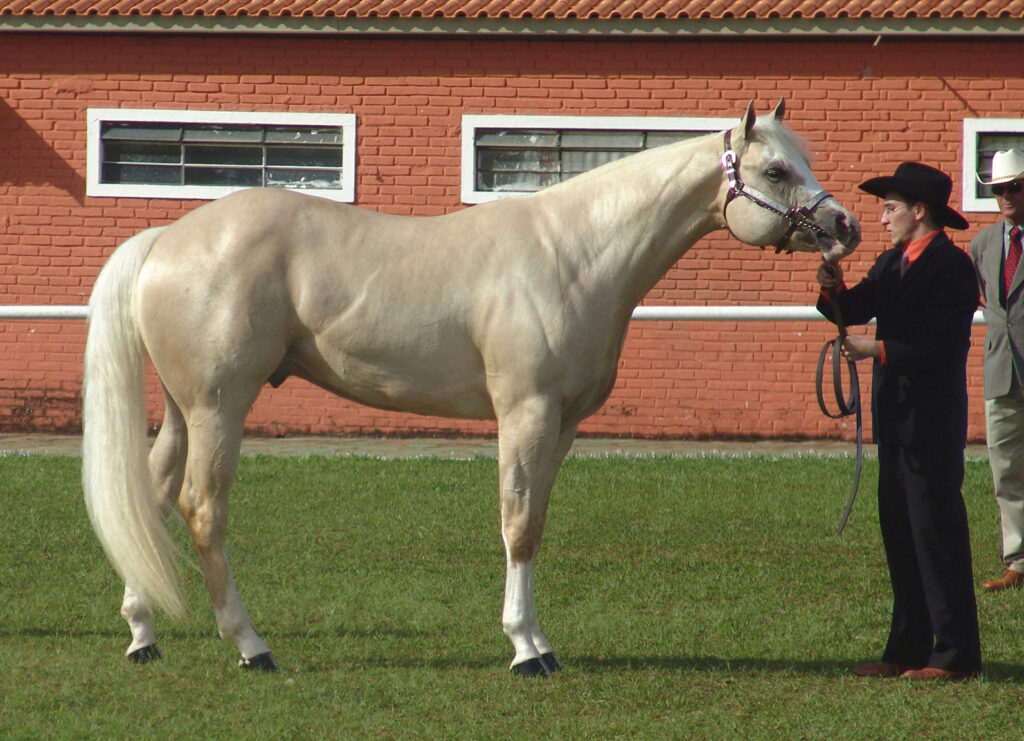
America’s most popular breed brings substantial advantages to long-distance trail riding, combining strength, versatility, and steady temperament. Quarter Horses typically possess a naturally balanced build with powerful hindquarters, allowing them to navigate challenging terrain with confidence and stability. Their muscular physique, typically standing 14.3 to 16 hands high, provides the strength needed for carrying riders and equipment over extended distances. The breed’s characteristic “cow sense” translates to trail riding as heightened environmental awareness and natural agility when obstacles appear unexpectedly. Quarter Horses often demonstrate an appealing combination of forward movement with a level-headed approach to new situations, making them accessible to riders of various experience levels who wish to undertake serious trail challenges.
Mustang: Nature’s Trail Champion
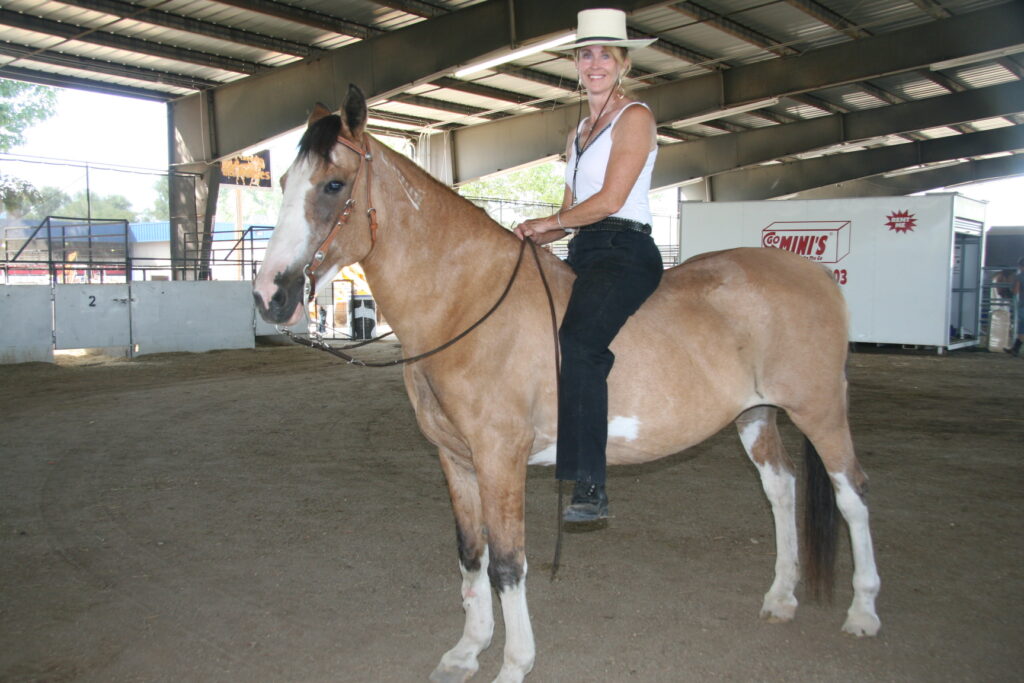
Few horses can match the natural hardiness and survivability of American Mustangs, whose free-roaming heritage has selected for exceptional soundness and efficiency of movement. These horses typically stand 13.2 to 15 hands high and possess remarkably dense bone structure, hard hooves, and efficient metabolism—all crucial traits for covering long distances with minimal resources. Their evolution in the challenging terrain of the American West has produced natural surefootedness and intuitive navigation abilities that prove invaluable on technical trails. Mustangs that have been properly gentled and trained often form exceptionally strong bonds with their riders, combining independence with willingness in a unique partnership. Their instinctive conservation of energy and natural ability to find the safest path make them outstanding choices for riders tackling primitive trails or backcountry expeditions.
Rocky Mountain Horse: Smooth Gaits and Sensible Minds
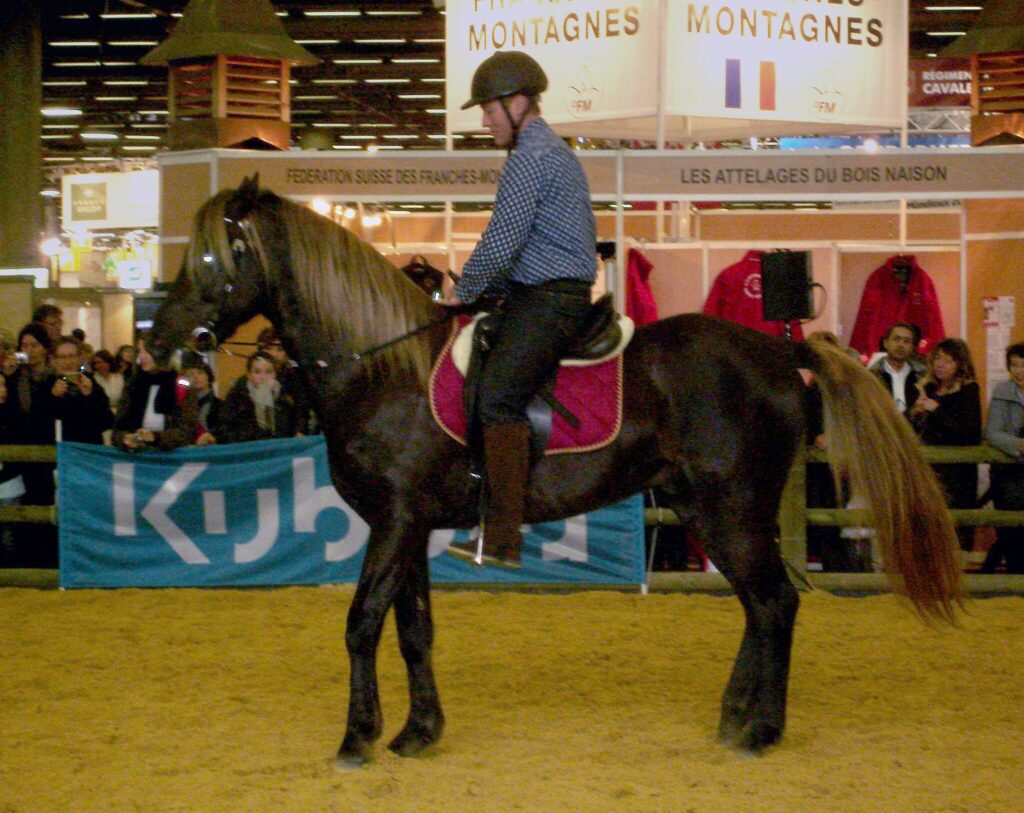
Developed in the rugged Appalachian region of Kentucky, Rocky Mountain Horses combine smooth gaits with level-headed temperament—a perfect combination for long-distance trail challenges. These horses are known for their signature four-beat “single-foot” ambling gait, which provides exceptional rider comfort and can be maintained for hours without significant fatigue. Standing typically 14.2 to 16 hands high, they possess medium builds with strong legs and naturally sure feet, adaptations from their development in mountainous terrain. Rocky Mountain Horses are known for their “thinking” approach to obstacles, carefully assessing situations rather than reacting impulsively—a valuable trait when trail conditions become challenging. Their characteristic chocolate coat with flaxen mane and tail isn’t just visually striking; it represents the careful selective breeding that has produced this exceptional trail companion.
Akhal-Teke: The Desert Endurance Specialist
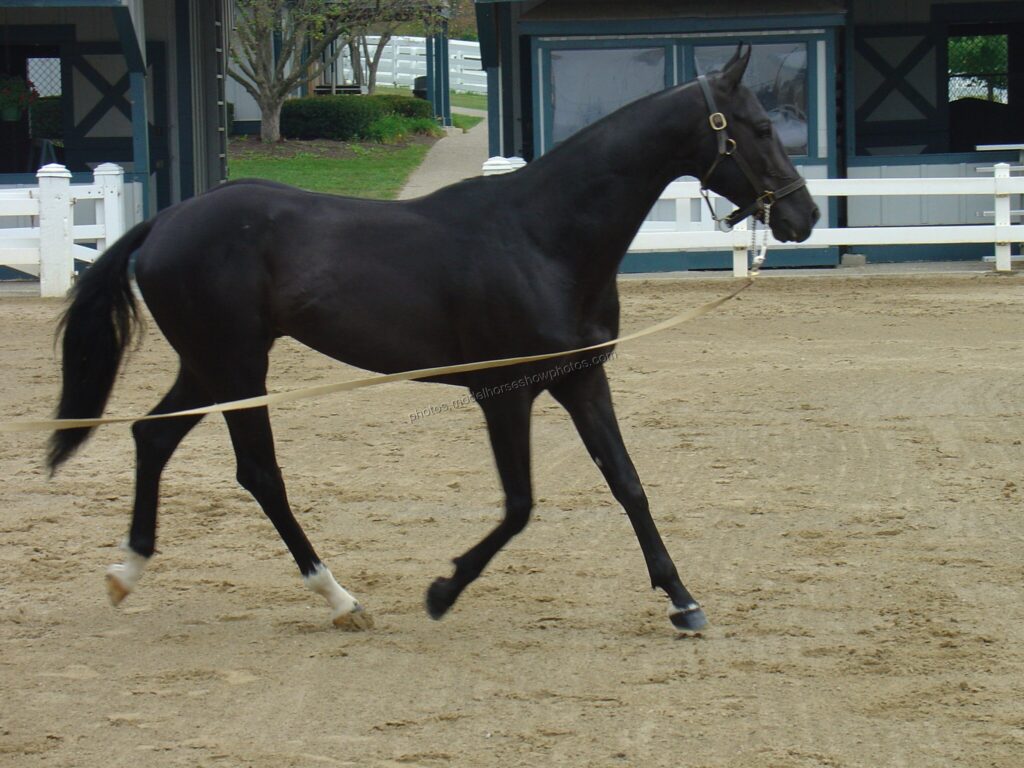
The ancient Akhal-Teke breed from Turkmenistan represents one of the world’s oldest and most specialized endurance horses, developed specifically for desert travel and renowned for metallic coat sheen that reflects harsh sunlight. Standing 14.2 to 16 hands high with a distinctive lean, athletic build, these horses possess remarkable efficiency of movement that conserves energy during long journeys. Their sparse mane and thin skin evolved as adaptations to hot climates, allowing effective cooling during extended exertion. Akhal-Tekes typically form intensely loyal bonds with single riders, creating partnerships that thrive during the challenges of remote trail adventures. Their legendary endurance was demonstrated in 1935 when Akhal-Tekes completed a grueling 2,500-mile journey from Ashgabat to Moscow in just 84 days, including a three-day crossing of the Karakum Desert without water.
Paso Fino: Precision and Consistency on the Trail
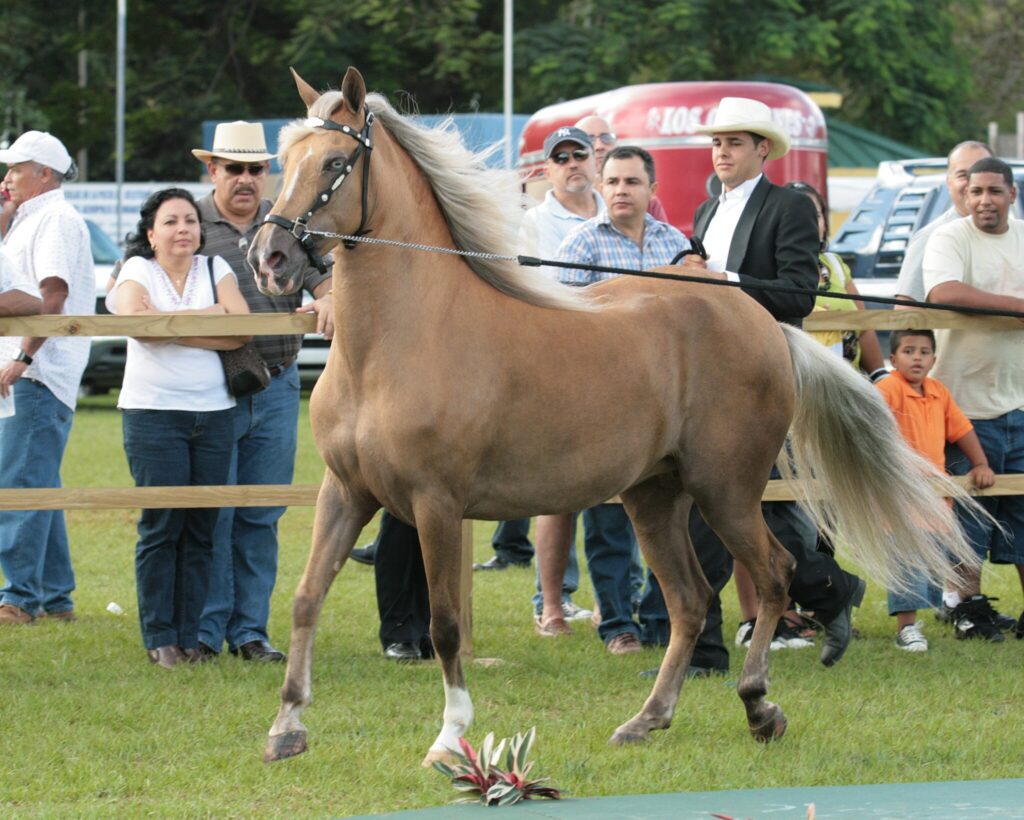
The Paso Fino brings Latin American heritage and unparalleled smoothness to long-distance trail riding through its natural four-beat lateral gait performed with exceptional precision and consistency. Standing 13.2 to 15.2 hands high, these horses combine compact power with remarkable balance, creating a stable platform that maintains its signature smooth gait even on challenging terrain. Their natural “paso” gait comes in varying speeds—from the collected paso fino to the faster paso corto and paso largo—all characterized by minimal vertical movement and maximum rider comfort. Paso Finos typically possess innate pride and presence, bringing enthusiasm to trail challenges while maintaining remarkable consistency over long distances. Their naturally high head carriage provides excellent visibility on trails, while their precise foot placement contributes to outstanding surefootedness in variable conditions.
Fjord Horse: The Sturdy Mountain Specialist
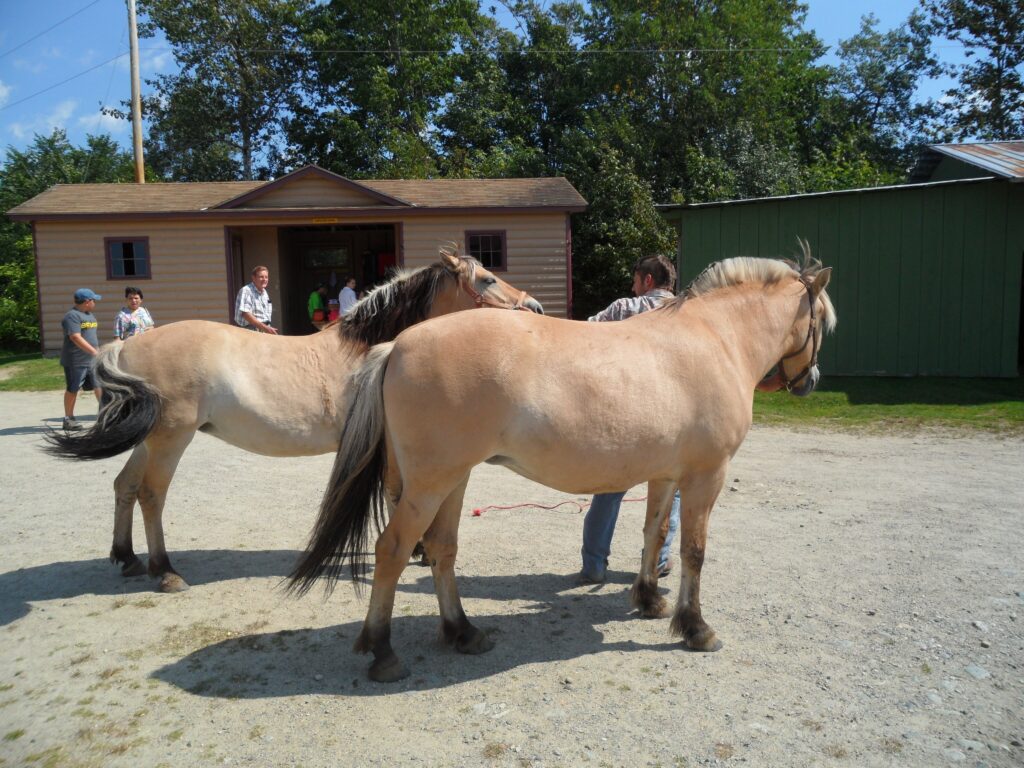
Norway’s Fjord Horses have navigated challenging Nordic terrain for over 4,000 years, developing into exceptionally sure-footed, strong companions ideal for mountainous trail challenges. Despite their relatively small stature at 13.2 to 14.2 hands high, these horses possess remarkable strength and carrying capacity, easily supporting adult riders and equipment on extended journeys. Their distinctive cream or dun coloring with dark primitive markings and upright “crinkle cut” mane isn’t just visually striking; it represents one of the world’s oldest and purest horse breeds. Fjords typically demonstrate a perfect combination of forward movement with sensible caution, making them excellent choices for technical trails requiring careful navigation. Their natural hardiness and efficient metabolism make them low-maintenance trail partners capable of thriving with minimal supplemental feeding even during demanding journeys.
Selecting the Right Horse for Your Trail Adventures
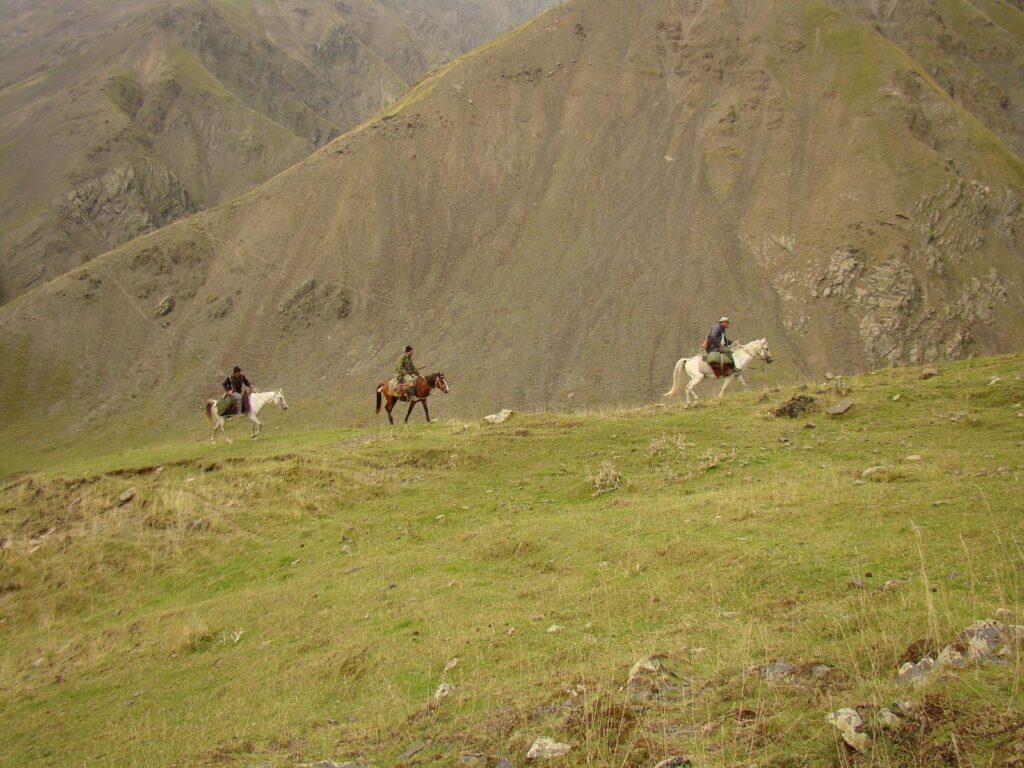
While breed characteristics provide general guidelines, individual horse temperament and training ultimately determine trail suitability more than breed alone. When evaluating potential long-distance trail partners, prioritize demonstrated soundness, calm response to novel situations, willingness to lead or follow as needed, and comfort with varied terrain including water crossings and elevation changes. Consider your personal riding style, experience level, and specific trail goals when selecting from these exceptional breeds. Remember that proper conditioning is essential regardless of breed—even the most naturally gifted endurance horse requires methodical fitness building before undertaking serious distance challenges. The ideal trail horse ultimately combines physical capability with the mental attributes necessary for partnership in remote settings, where mutual trust becomes as important as stamina or surefootedness.
The world of long-distance trail riding offers extraordinary adventures for those with the right equine partner. Whether you choose the legendary endurance of the Arabian, the smooth comfort of gaited breeds, or the natural hardiness of horses developed in challenging environments, these exceptional breeds each bring unique advantages to trail challenges. The perfect match ultimately depends on your specific goals, terrain challenges, and personal connection with the horse. Whichever breed you select, the bond formed during extended journeys through beautiful landscapes creates partnerships unlike any other in the equestrian world—partnerships built on mutual trust, shared adventures, and the timeless connection between humans and horses.

